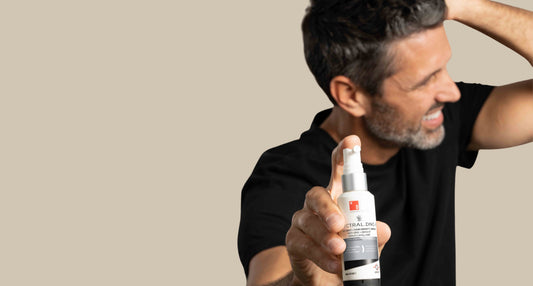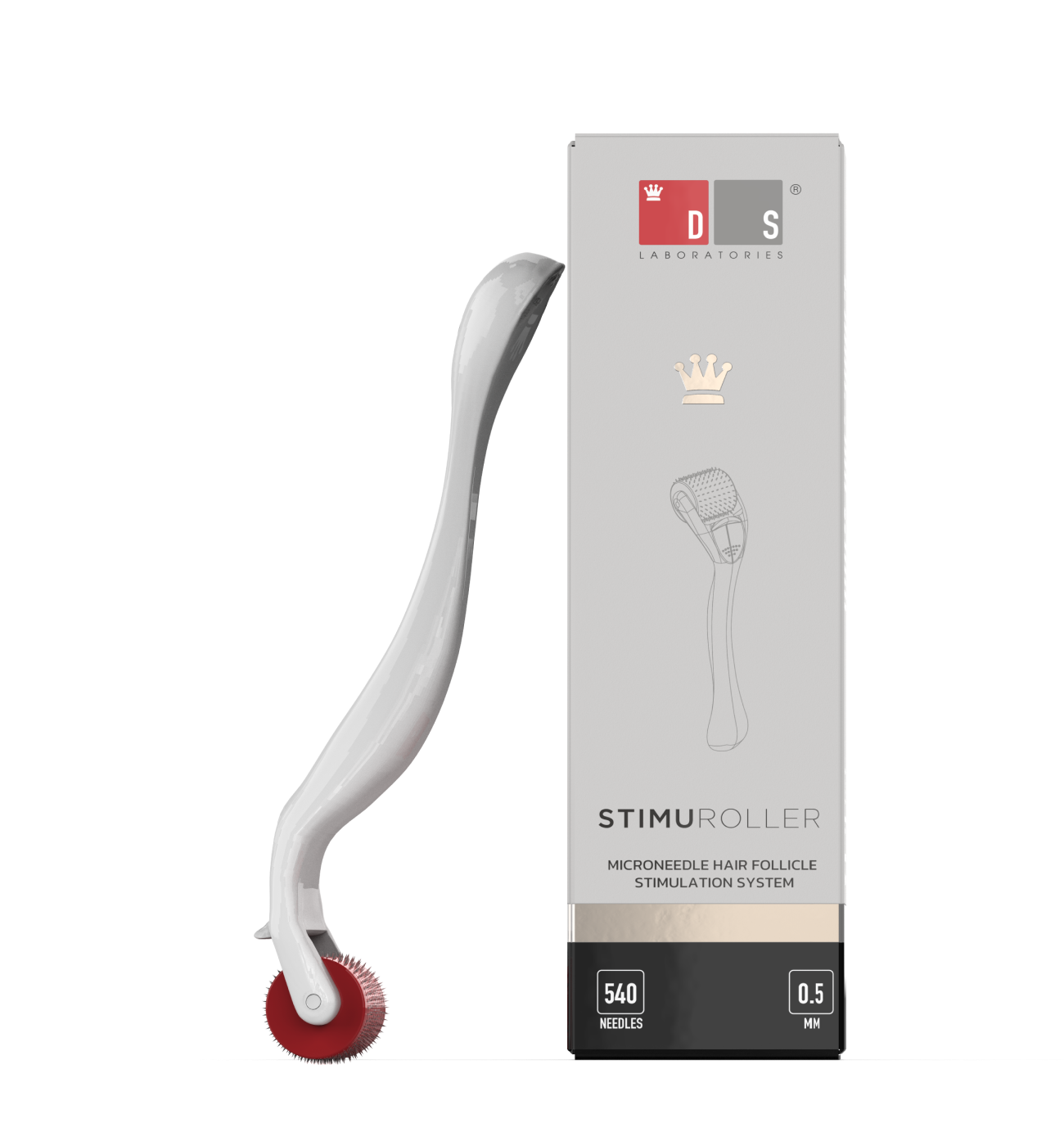If you are experiencing male pattern hair loss and your doctor or dermatologist has prescribed finasteride for it, you may be wondering about its potential side effects.
In this article, we discuss what this medication is, how it treats hair loss, and its possible side effects.
Let’s dive in.
What Is Finasteride?
Finasteride is a prescription medication available in the form of an oral pill. According to the American Academy of Dermatology, this prescription drug can slow down hair loss and stimulate regrowth. It helps treat thinning hair or mitigate a receding hairline on the top of the head.
You can find finasteride in drugstores under the brand-name drug Propecia for treating androgenetic alopecia or male pattern baldness. It is also available as a generic drug, which costs less than the brand-name alternative.
Note that in some instances, the generic version of the drug may not be available in the same form or level of strength as the original brand-name version.
How Finasteride Works
Finasteride is an oral tablet that is taken once a day. It obstructs the action of 5-alpha-reductase, an enzyme that converts testosterone into another hormone called dihydrotestosterone (DHT). DHT is responsible for causing hair loss in males.
Finasteride works by increasing testosterone levels in the body, which in turn promotes hair growth on the scalp.
Note that you will need to take this pill for about four months before you start to see any improvement in your hair growth and quality.
Also, finasteride works on the scalp only until you keep using it. Once you stop taking this medication, its effects will eventually disappear, and the regrown hair will fall out.
Side Effects of Finasteride
If you experience any side effects while taking finasteride, you should immediately inform your doctor.
Here are some common side effects of finasteride:
- Cold sweats
- Chills
- Confusion
- Dizziness, lightheadedness, or faintness
- Low blood pressure
- Reduced interest in sexual intercourse
- Inability to get or keep an erection
- Loss in sexual desire, drive, ability, or performance
Other less common side effects of finasteride include:
- Sudden weight gain or loss
- Tingling sensations in the hands or feet
- Runny or stuffy nose
- Unusual sleepiness or drowsiness
- Sneezing
- Headache
- Back pain
- Stomach pain
- Reduced semen count
- Diarrhea
- Increased body hair
- Ejaculation problems
- Testicular pain
- Difficulty peeing
- Breast tenderness and enlargement
- Bloody or clear discharge from the nipple
- Lump in the breast or under the arm (with or without pain)
- Dimpling of the breast skin
- Persistent scaling or crusting of the nipple
- Swelling or redness of the breast
- A sore on the breast skin that does not heal
- Depression
Some of the above side effects of finasteride may not require medical attention. They will subside over time once your body adjusts to the medication. Your doctor or dermatologist may also suggest ways to avoid or reduce some of the side effects you may experience.
But in rare cases, finasteride can cause a severe allergic reaction. Call 911 immediately and stop taking the medication if you experience any of the following symptoms:
- Swelling or bloating of the face, lips, tongue, throat, hands, arms, lower legs, or feet
- Hives or welts, skin rashes, redness, and itching
- Peeling skin
- Tightness in the chest
- Wheezing
- Difficulty breathing or swallowing
- Fever
Taking Finasteride for Hair Loss
If you’re taking finasteride for male pattern hair loss, keep in mind that your dosage, form, and frequency of taking it will depend on the following factors:
- Your age
- The severity of your hair loss condition
- Other medical conditions
- Your reaction to the first dose
Also, if this drug has been prescribed for you, disclose all other medications, supplements, or herbs you’re taking. This will help the physician determine the suitability of finasteride for your health needs and the proper dosage and frequency.
This can prevent finasteride from interacting with other drugs in your system and causing harmful reactions and side effects.
Finasteride can also pass through the skin. So, pregnant women and women who plan to get pregnant soon must avoid taking this drug to prevent congenital disabilities.
People with liver disease and prostate cancer must also avoid finasteride, which can cause side effects and worsen their medical condition.
Conclusion
Depending on the condition of your hair, finasteride’s benefits likely far exceed its potential side effects. Also, the sooner you start medication, the sooner you can regrow your hair and enjoy a fuller, thicker mane.
But remember that it will take several months before you notice any results from the treatment. Moreover, once you stop taking finasteride, you will experience hair loss again.
So, before taking this drug, consult your dermatologist or doctor about possible side effects and a tailored plan to help you maximize its benefits.













